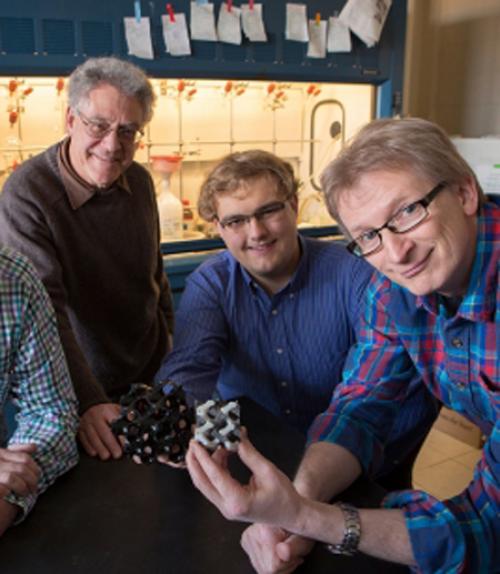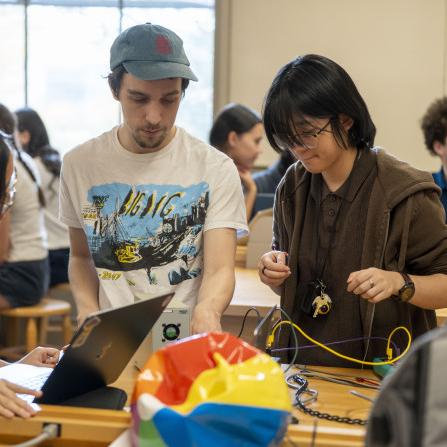
 Department Homepage
The College of Arts & Sciences
Department Homepage
The College of Arts & Sciences
First self-assembled superconductor structure created
A team of chemistry, physics and engineering researchers has created a self-assembled, three-dimensional gyroidal superconductor.




